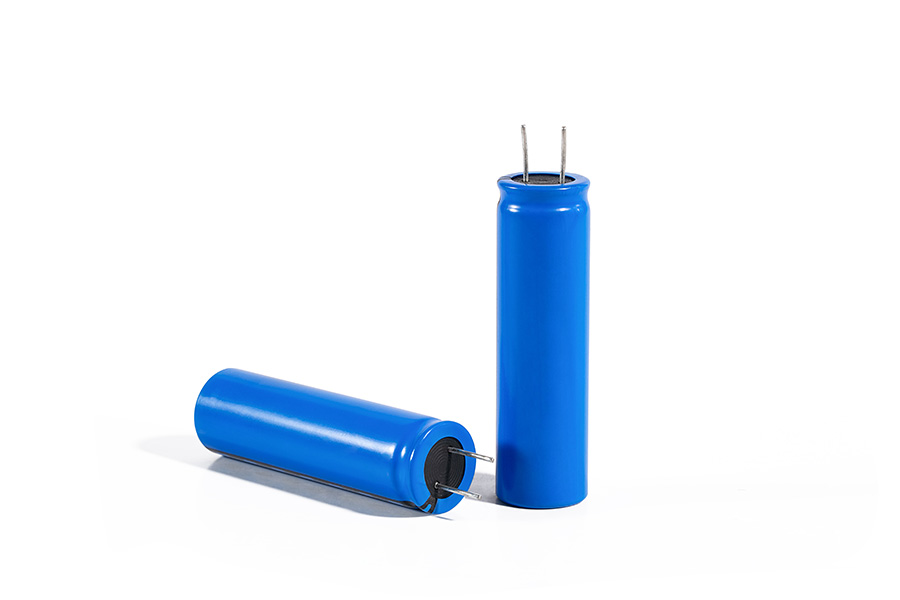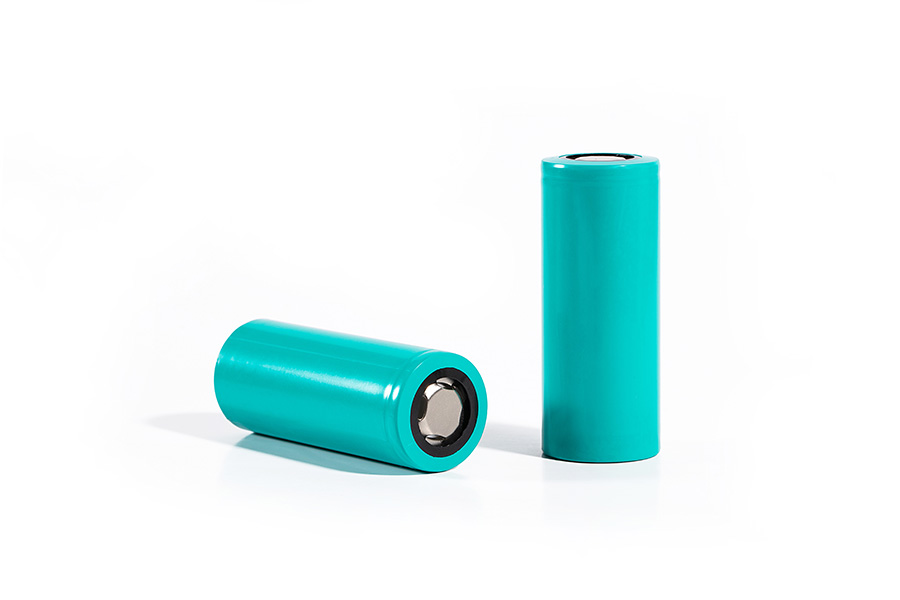
Electric vehicles are energy-saving and environmentally friendly vehicles that are more popular among consumers among new energy vehicles. However, the issue of battery life has always been a bottleneck in the development of electric vehicles. Many manufacturers have also worked hard to break through this bottleneck. Electric vehicles are fully used. Electric vehicles are driven by electricity and no longer use fuel oil as fuel, so electric vehicles are relatively more environmentally friendly and energy-saving.

"Lithium battery" is a type of battery that uses lithium metal or lithium alloy as the negative electrode material and uses a non-aqueous electrolyte solution. Due to the very active chemical properties of lithium metal, the processing, storage and use of lithium metal have very high environmental requirements. Therefore, lithium batteries have not been used for a long time. With the development of science and technology, lithium batteries have now become the mainstream.
Introduction to lithium batteries for electric vehicles: battery life
I believe that most consumers have heard that the life of a lithium battery is "500 times", 500 times of charge and discharge, beyond this number of times, the battery will "end of life", many users in order to extend the battery life, every time Only charge when the battery is completely exhausted. Does this really extend the life of the battery? the answer is negative. The life of a lithium battery is "500 times", which does not refer to the number of recharges, but a cycle of charge and discharge.
A charging cycle means the process of using all the power of the battery from full to empty, and then from empty to full. This is not the same as charging once. For example, a lithium battery used only half of its power on the first day, and then fully charged it. If it is still the case the next day, that is, use half of the charge and charge it twice. This can only be counted as one charging cycle, not two. Therefore, it may usually take several times to complete a cycle. Every time a charging cycle is completed, the battery capacity will decrease a bit. However, this reduction in power consumption is very small. A high-quality battery will still retain 80% of its original capacity after being charged for multiple cycles. Many lithium-powered products are still used as usual after two or three years. Of course, the lithium battery still needs to be replaced after the end of its life.
The so-called 500 times means that the manufacturer has achieved about 625 charging cycles at a constant depth of discharge (such as 80%), reaching 500 charging cycles. (80%*625=500) (ignoring factors such as the reduction of lithium battery capacity) and due to various influences in real life, especially the depth of discharge during charging is not constant, so "500 charging cycles" can only be used as a reference battery life .

Introduction of Lithium Battery for Electric Vehicles: Use Attention
The self-discharge phenomenon of lithium batteries, if the battery voltage is kept below 3.6V for a long time, it will cause the battery to over discharge and destroy the internal structure of the battery and reduce the battery life. Therefore, long-term storage of lithium batteries should be recharged every 3 to 6 months, that is, charged to a voltage of 3.8 to 3.9V (the best storage voltage of lithium batteries is about 3.85V), and it is appropriate to maintain the discharge depth at 40%-60% , Should not be full. The battery should be stored in a dry environment at 4°C~35°C or in moisture-proof packaging. Keep away from heat sources and do not place in direct sunlight.
Regarding the price of lithium batteries for electric vehicles, different battery packs have different prices. Please consult us if necessary.
This site is protected by wp-copyrightpro.com
![]()